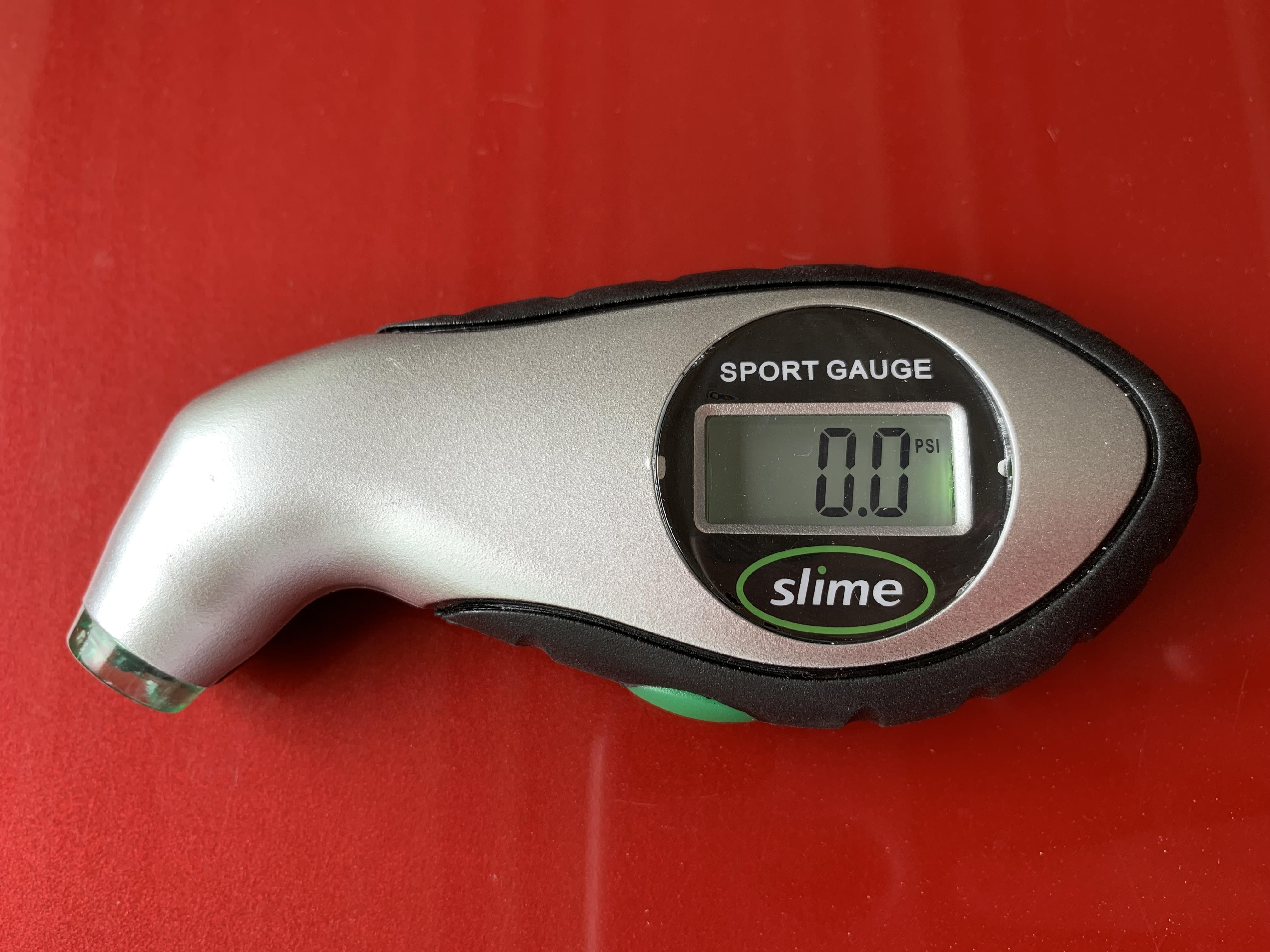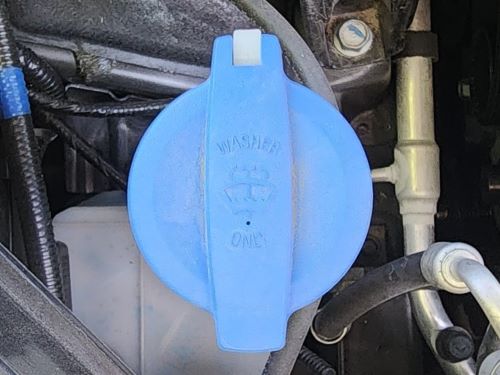As spring breaks loose, it’s time to give your vehicle some much-needed attention. The transition from cold, harsh conditions to warmer weather brings specific maintenance needs. Here are essential vehicle maintenance tips to ensure a smooth and safe driving experience this spring.
1. Check and adjust tire pressure.

Checking your tire pressure at home is actually pretty simple. You’ll want to grab an air pressure gauge--keep one in your car, it’s super handy. Just pop that gauge onto the tire’s valve stem, and you’ll hear a little hiss until it seals. Then, the gauge will give you a reading of your tire’s PSI.
To know what PSI your tires should be at, peek at your car’s owner’s manual, or there’s usually a sticker on the inside of the driver’s side door. Keep in mind that the front and back tires might need different amounts of air. Don’t forget to check all four, and your spare, too, if your car has one!
You really should check your tire pressure every so often. Try to do it when your tires are cold, like first thing in the morning. When tires heat up from driving, the air pressure goes up, so you won’t get an accurate reading.
2. Replace windshield wipers.

Winter can be tough on windshield wipers, leaving them cracked or ineffective. Spring showers demand clear visibility, so inspect your wipers and replace them if they leave streaks or fail to clear water properly.
Changing your windshield wipers is easy! Check out our step-by-step guide here.
3. Check and top off fluids.

Winter driving can deplete essential fluids, such as windshield washer fluid, coolant, and engine oil. Check these levels and top them off or replace them as needed to keep your vehicle performing well.
4. Make sure lights are working properly.

Long winter nights and snowy conditions may have taken a toll on your vehicle’s lights. Check headlights, brake lights, turn signals, and interior lights to ensure they’re all working correctly. Replace any burnt-out bulbs to maintain visibility and safety.
5. Examine brakes and suspension.
Road salt, ice, and potholes can impact your vehicle’s brakes and suspension. Listen for unusual noises when braking and have your brake pads inspected. Also, check your shocks and struts for signs of wear to ensure a smooth ride.
6. Clean your car.
There’s nothing like a good spring cleaning! Give your car a thorough wash to remove salt and grime buildup from winter roads. Pay special attention to the undercarriage, where salt can cause rust. Applying a coat of wax can help protect your vehicle’s paint from spring rains and sun exposure.
7. Check your battery.
Cold weather can weaken your battery, and spring is a good time to test its charge. If it’s over three years old or showing signs of sluggish starts, consider replacing it to prevent unexpected breakdowns.
By performing these essential maintenance tasks, you’ll ensure that your vehicle is ready for spring’s changing conditions. A little care now can help prevent costly repairs and keep your car running smoothly all season long!
Interested in learning more about traffic safety?
Are you looking for defensive driving and traffic school courses? Do you want a discount on your auto insurance? Do you know a teen who’s ready to take an online driver education course?
Safe2Drive is here to help! We offer convenient online courses for drivers of any age! Visit our website today to learn about the online courses we offer in your state.
As spring breaks loose, it’s time to give your vehicle some much-needed attention. The transition from cold, harsh conditions to warmer weather brings specific maintenance needs. Here are essential vehicle maintenance tips to ensure a smooth and safe driving experience this spring.